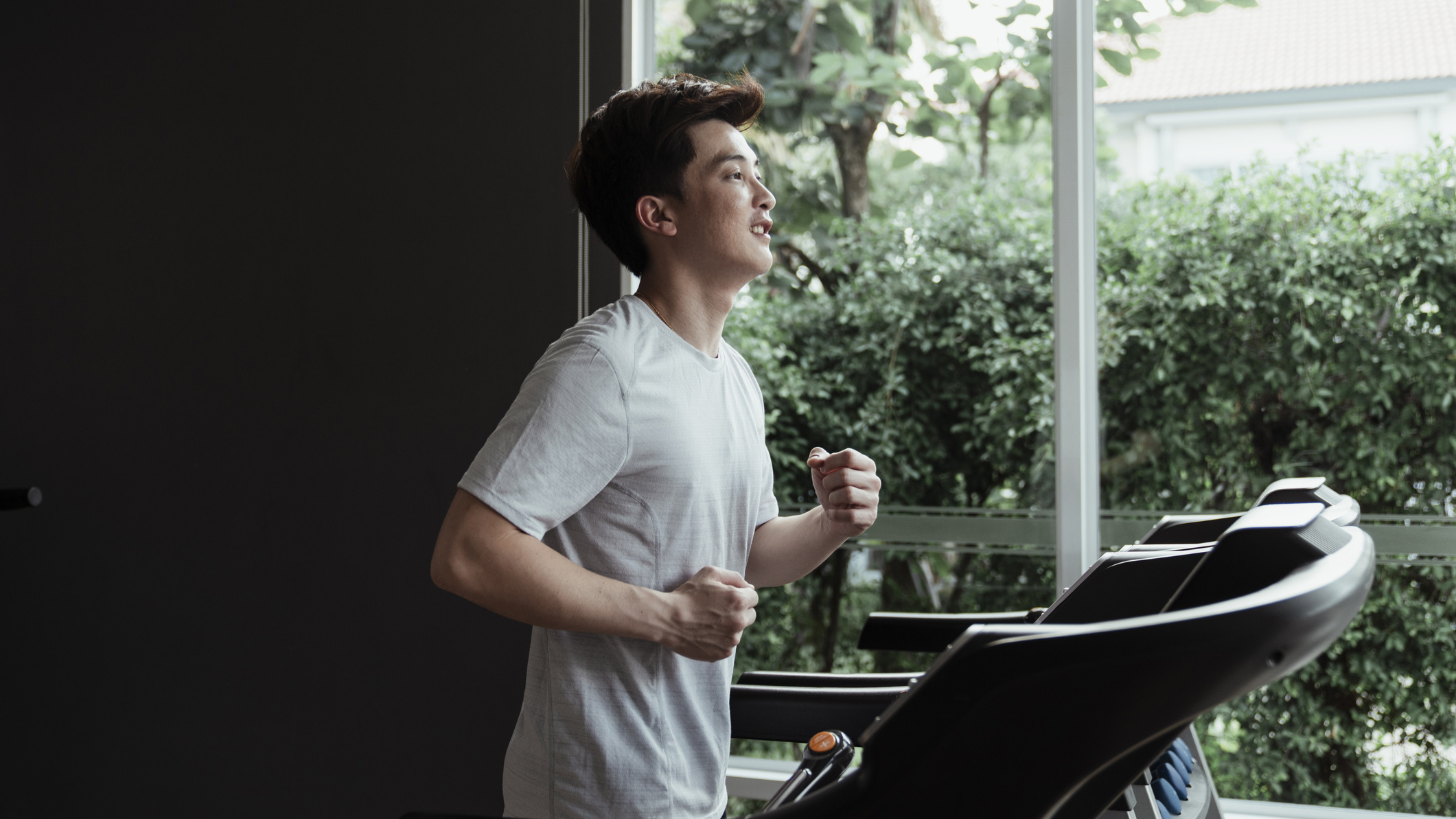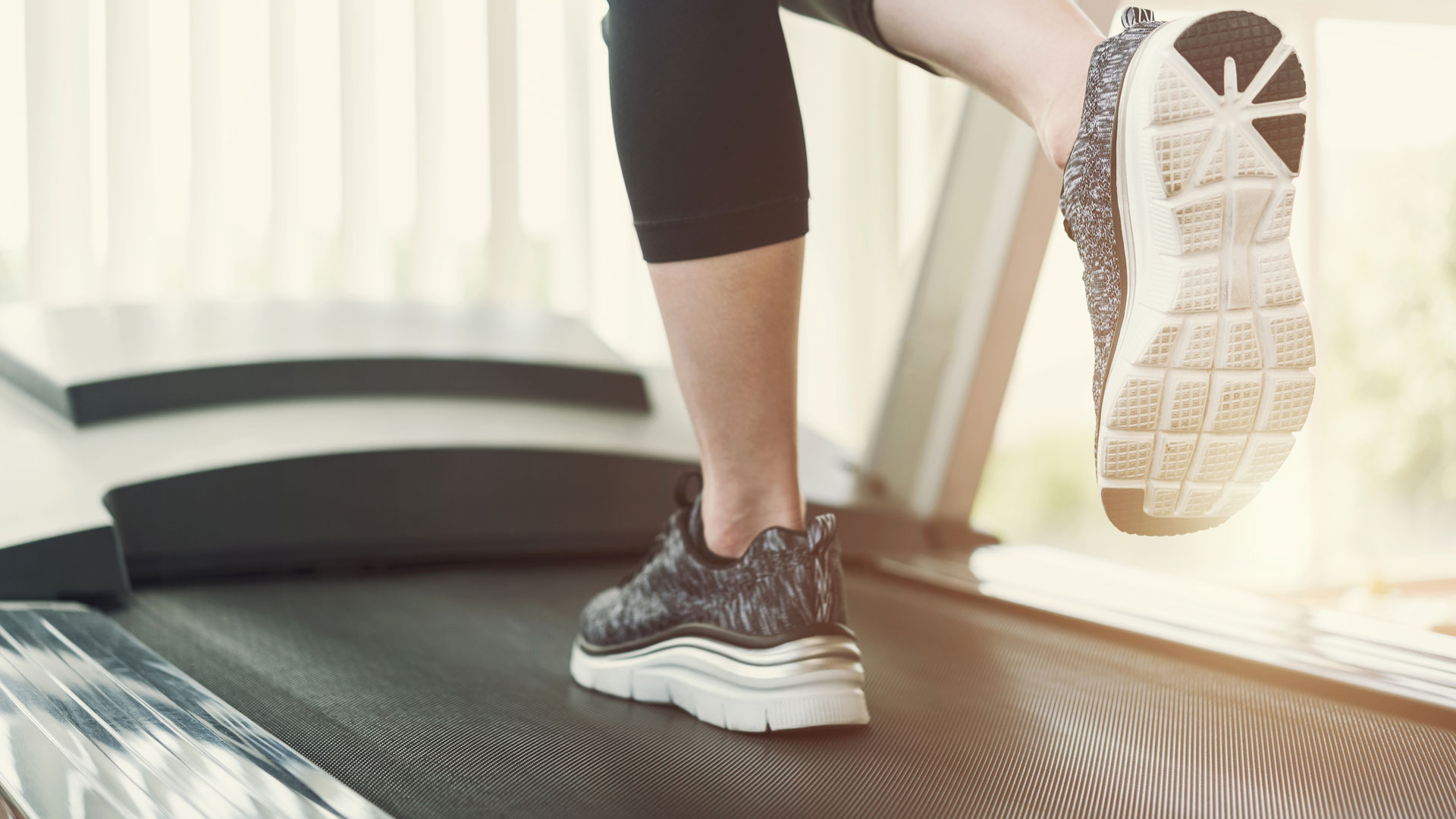9 mistakes everyone makes with treadmills – and how to avoid them
Don't make these treadmill errors!


The best treadmills are the most versatile pieces of home gym equipment you can buy. Running machines can be used to lose weight, and improve endurance and heart health, not to mention, that running on a treadmill for 20-30 minutes a day can also offset the negative effect of sitting.
Long story short, running machines are amazing. However, there are quite a few treadmill mistakes beginner runners make, all of which are easily avoidable once you're made aware of them. We collected nine of the most common mistakes people who aren't familiar with treadmills often fall for and how to avoid them.
If you haven't got a treadmill yet, make sure you read our main treadmill buying guide linked above; or, if you're on a tight budget, you can peruse the best cheap treadmill guide instead. Finally, people who live in smaller homes might want to buy a folding treadmill: these amazing machines are space-saving champions.
1. Using the wrong shoes
Although you're running on a softer surface compared to running outside, it's still advised to wear proper running shoes on treadmills. Not workout shoes; running shoes. You might not need quite as much cushioning underfoot on a treadmill, but some will help keep the joints in top condition.
The same goes for runners with pronating feet. Just because the running belt is softer, that doesn't mean it will help with arch support – you'll need support running shoes to preserve your knees.

Don't let your guard down just because you're not putting as much effort in
2. Not focusing on form
Running on a treadmill usually feels less demanding as you're 'only' keeping up with the belt, not propelling you forward like running on tarmac. However, you shouldn't ignore running form just because it's not as hard to run 10k on a treadmill. Your foot placement, cadence and breathing should all be kept under control to avoid injuries.
If you're unsure about your running form, a running watch or special fitness trackers such as the NURVV Running Insoles can help you train properly and with the correct form.
Get all the latest news, reviews, deals and buying guides on gorgeous tech, home and active products from the T3 experts
3. Looking at your feet
Ideally, you want to place the treadmill where you can look at something other than the wall, as that can get tedious swiftly. Some treadmills, such as the Bowflex Treadmill 22, come with massive displays you can stream Netflix on, but even if yours isn't an all-in-one entertainment centre, it's best if you position the machine, so it faces a window or the TV.
That's to avoid looking down on your feet as you run, which is dangerous as it disconnects you from the rest of the running environment. It's the same as looking at the pedals as you cycle; it prevents you from noticing a change of pace, especially if you're following a pre-programmed workout on the treadmill.

Using the treadmill for more than just jogging will make you happy, too
4. Only using the treadmill for one type of training
It's strange how most people will mull over treadmill specs for months but only use the machine for one type of training after it was bought. Big mistake! Treadmills are super versatile and can be used for a variety of workouts, including walking, jogging, running, and even HIIT.
5. Forgetting why you wanted a treadmill in the first place
Usually, when people spend a lot of money on fitness equipment, they have a specific fitness goal they want to achieve: lose weight, build muscle etc. Treadmills are often used for weight loss purposes and to continue training regardless of the weather outside.
It's important to keep this original fitness goal in mind when using the running machine; we'd go as far as writing it down on a piece of paper and sticking it on the middle console of the treadmill to remind you.

Move it back a bit to allow for a more natural gait cycle
6. Running too close to the front
People always gravitate towards the front of the treadmill, probably because it feels natural to be close to the console and away from the end of the belt – no one wants to fall off accidentally, after all!
However, the correct way to run on a treadmill is to be in the middle, so your gait is not restricted either way. It's not hard to move up and down the belt as you run, and this is exactly what you should do to make sure your form is always correct.
You can always overstride a couple of steps to reach the console when needed, but you certainly don't have to hug the unit for most of the session.
7. Holding on to the rails
Treadmills and Stair Masters are big fitness machines, but this is where the similarities end, so there is no need to hold onto the rails when running on a treadmill the same way as on the Stair Master.
There is only one scenario when holding onto the handrails is acceptable on a treadmill, and that is when it's on an incline and in a walking setting. If you find it hard to run on the treadmill without holding on, it's either the belt going too fast or the incline set too steep.
Adjust the settings and let go of the handrails.
8. Not using all the features
Modern treadmills are super versatile. They can help you improve fitness, slim down and entertain, not to mention all the pre-programmed workouts available o the machine straight out of the box.
So why are people only using it for jogging?
If you use your running machine for one thing only, you'll get bored of it quickly, so why not mix things up by trying all the programs, playing around with incline, tweaking the speed/distance goals and using all the classes available? The best way to get your money's worth.

Data will always be available but you won't need it for every run
9. Relying too heavily on data
Workouts don't always have to be about pushing yourself to the absolute limit. Sometimes, you can exercise for the sake of it or to help you wind down after a stressful day. Running on a treadmill is an excellent way to help boost metabolism and burn some of the excess calories you had throughout the day.
+1. Not using accessories
Contrary to what was said in the previous point, the final treadmill mistake you can make is not collecting data from your workouts. Many running watches and heart rate monitors can be connected to treadmills, and some of them will provide you with more than just heart rate data.
Additional data these wearables provide include vertical oscillation, ground contact time, stride length, vertical ratio (Garmin HRM-Pro) and even continuous ECG (Frontier X). Some running watches can measure running power on the wrist (COROS Pace 2).
This data can be beneficial to people training for a race or trying to improve their running form. Data is not essential for every run, but it can come in handy when it's time to level up.
Haven't got a treadmill yet? Check out today's best treadmill deals below.

Matt Kollat is a journalist and content creator who works for T3.com and its magazine counterpart as an Active Editor. His areas of expertise include wearables, drones, fitness equipment, nutrition and outdoor gear. He joined T3 in 2019. His byline appears in several publications, including Techradar and Fit&Well, and more. Matt also collaborated with other content creators (e.g. Garage Gym Reviews) and judged many awards, such as the European Specialist Sports Nutrition Alliance's ESSNawards. When he isn't working out, running or cycling, you'll find him roaming the countryside and trying out new podcasting and content creation equipment.